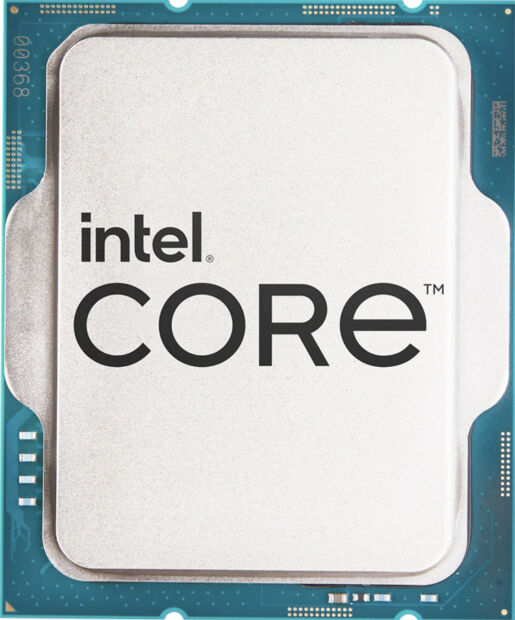Intel expands Core range for IoT edge use
- September 14, 2022
- Steve Rogerson

Intel has announced the availability of its 12th-generation CoreSoC processors for IoT edge applications.
The purpose-built edge products are optimised for IoT applications. The socketed systems-on-chip (SoCs) deliver integrated graphics and media processing for visual compute workloads, a compact footprint to enable smaller form factor designs, and a wide operating thermal design power (TDP) that can enable fanless designs and help users achieve product sustainability goals.
“As the digitisation of business processes continues to accelerate fuelled by workforce demand, supply-chain constraints and changing consumer behaviour, the amount of data created at the edge and the need for it to be processed and analysed locally continues to explode,” said Jeni Panhorst, Intel vice president. “Intel understands the challenges that businesses face across a wide range of vertical industries and is committed to help them continue to deliver innovative use cases.”
Digital transformation at the edge requires increased processing power and AI inference performance to future-proof AI workloads. The Core SoCs respond to these performance demands and expand implementation configurability and overall flexibility to let OEMs and original design manufacturers integrate and ship quickly products that fit the wide variety of vertical market and edge-specific use cases.
Additionally, the SoCs have manageability capabilities from top to bottom, including Intel vPro options for remote control and manageability for managing and servicing systems deployed at the IoT edge.
Delivering up to four times faster graphics and up to 6.6 times faster GPU image classification inference performance compared with tenth-generation Core desktop processors in a 12 to 65W design, the 12th-generation processors for IoT edge include the firm’s Thread Director, which intelligently directs the operating system to assign the right workload to the right core.
With up to 14 cores and 20 threads, the SoCs reach up to 1.32 times faster single-thread performance and up to 1.27 times faster multithread performance compared with tenth-generation desktop processors.
They support AI for inferencing and machine vision. Up to 96 graphics execution units allow for a high degree of parallelisation in AI workloads, while built-in AI acceleration on the CPU from Intel’s Deep Learning Boost provides additional inferencing performance. These processors support the Intel distribution of OpenVino toolkit optimisations and cross-architecture inferencing.
“By combining the CPU with the highest performing integrated graphics, enhanced visual compute and AI into one compact processing configuration, 12th-generation Intel Core SoC processors for IoT edge make it easier for customers to unlock new opportunities from customised retail point-of-sale to precise imaging and pattern recognition for improved healthcare diagnoses,” Panhorst said.
Retail, banking, hospitality and education users will be able to expand remote control and manageability capabilities of systems at the edge, drive value from frictionless point-of-sale and quickly respond to changing supply and demand.
Industrial manufacturers can take advantage of industrial PCs, edge servers, controllers, machine-vision systems and virtualised control platforms.
And healthcare users will be able to deliver enhanced ultrasound imaging, medical carts, endoscopy and clinical devices at the edge.




